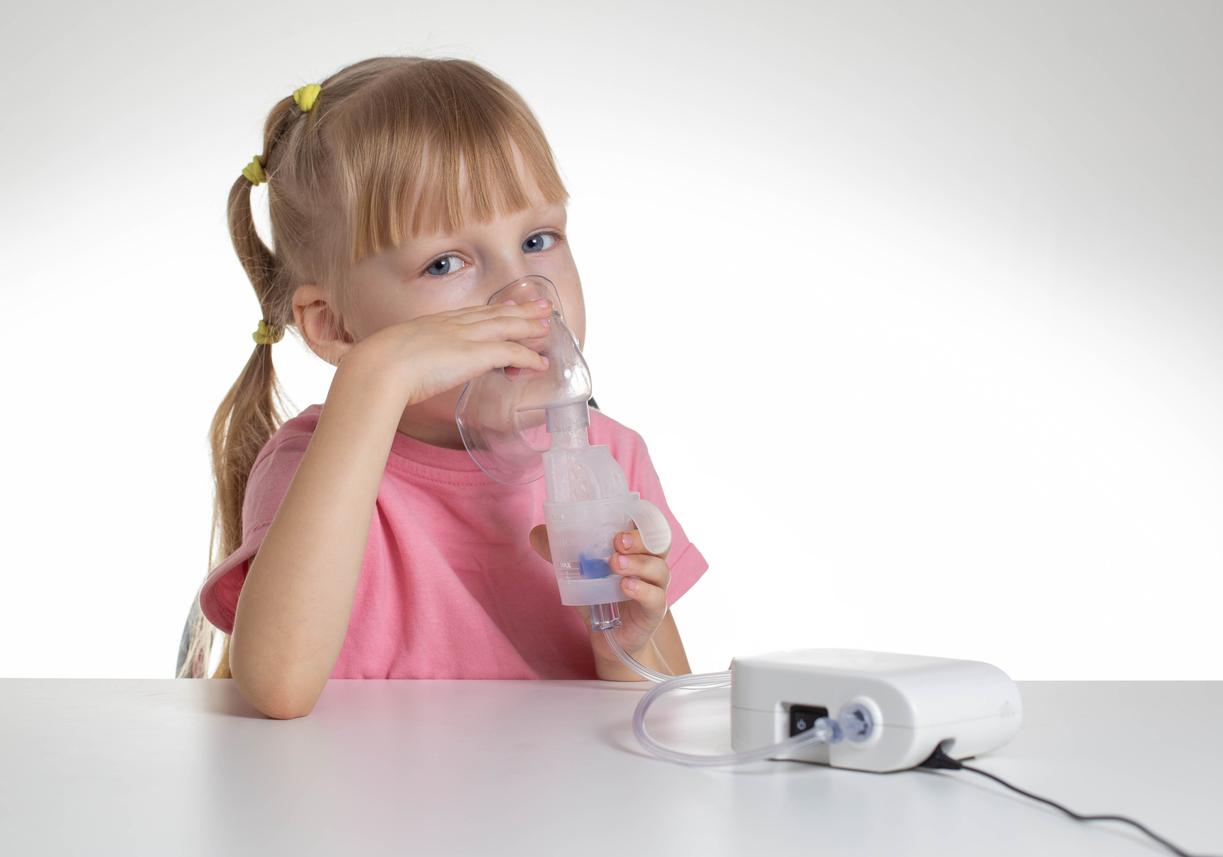Although no current treatment can cure patients, research has opened up several serious therapeutic avenues.

Cystic fibrosis is no longer a pediatric pathology. Today in France, of the 7,000 patients, more than half are adults. An extension of life expectancy made possible thanks to therapeutic advances.
“This means supporting research so that it can progress even faster. This is the fight to overcome Cystic Fibrosis, ”enthuses Pierre Guérin, the president of the association on the occasion of the Virades de l’Espoir.
A fight that bears fruit every day. “We have seen in recent years, and in particular in recent months, a very significant development of clinical research”, assures Why actor Paola De Carli, Scientific Director of Overcome Cystic Fibrosis.
Medicines for some patients
One of the most recent achievements is Orkambi (a combination of lumacaftor and ivacaftor) subject to temporary authorization for use since December 2015. “This drug is not yet officially marketed because its price has not still fixed, but patients have access to it and that is the most important ”, notes Paola de Carli.
This dual therapy is intended for patients over 12 years of age carrying 2 mutated copies of the CFTR gene – these patients are said to be homozygous. It improves their respiratory function by acting on the defective protein responsible for inflammation of the respiratory but also digestive mucous membranes.
But this medicine does not meet all needs. Cystic fibrosis can be caused by more than 2,000 mutations in the CFTR gene. Among them, the Delta F508 mutation is the most frequent: it is present in 70% of patients who have a single mutated copy (heterozygous), and in 50% of homozygous patients. The Orkambi is aimed at the latter.
Paola de Carli, Scientific Director of Beating Cystic Fibrosis: “This is very good news compared to Orkambi …”
Strong competition between labs
For heterozygous patients, there is not yet a corrective drug for CFTR. But that could change during 2018. “A laboratory has developed a combination of ivacaftor and tezacaftor and filed, at the end of August, a marketing authorization file with the American and European Medicines Agency”, explained the biologist.
Other drug candidates are under development. These are new combinations with known products but also completely new molecules. “And these treatments are developed by several different laboratories. For patients, this competition is good news because it pushes manufacturers to go faster, ”says Paola de Carli.
Fight infections
Other abundant avenues of research: symptomatic treatments. Due to the excess mucus in the bronchi, patients are at high risk of respiratory infections. Staphylococcus aureus (Staphylococcus aureus), Haemophilus influenzae or Pseudomonas aeruginosa particularly like to crouch in this environment. However, these bacteria are very often resistant to many antibiotics, and can cause serious complications in patients. Preventing these infections is therefore a priority. A phase 1 clinical trial led by a French team has also just started to test the effectiveness of a new molecule.
Paola de Carli : “The association is very involved in phage research …”
Other researchers are trying to reduce gastrointestinal involvement. About 85% of patients suffer from pancreatic insufficiency. So in the United States, tests are trying to target pancreatic enzymes. For the moment, no test is underway in Europe.
Unfortunately none of these drugs can cure the sick today. They only slow the progression of the disease, but more and more the treatment of this genetic disease becomes more personalized.
“For us, healing is of course the main goal. But we are aware that this is going to take time and that it still requires a lot of research. The priority is therefore to listen to the needs of patients and to try to meet them as best as possible ”, summarizes Paola de Carli.
Adults facing other illnesses
While they have managed to overtake the disease and reach their thirties, patients with cystic fibrosis face complications related to their disease. About 10% of adult patients develop insulin-dependent diabetes, also called diabetes mellitus.
It appears due to the destruction of the pancreas, inherent in cystic fibrosis. Over the years, the insulin-producing cells disappear, and blood sugar levels rise. In the case of cystic fibrosis, diabetes can worsen respiratory symptoms and promote bacterial infections. “This particular form requires appropriate treatment for patients,” underlines Paola de Carli.
With the increase in life expectancy, doctors have also realized that patients are more at risk of osteoporosis. The loss of bone density makes them more vulnerable to fractures, especially of the vertebrae. Experts suggest that digestive damage could lead to malabsorption of vitamin D. Treatment with corticosteroids, a sedentary lifestyle or even the slim figure of patients can also have repercussions on the bone.
.
















